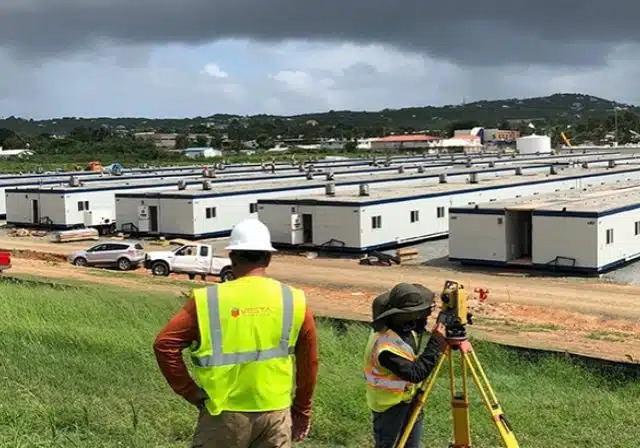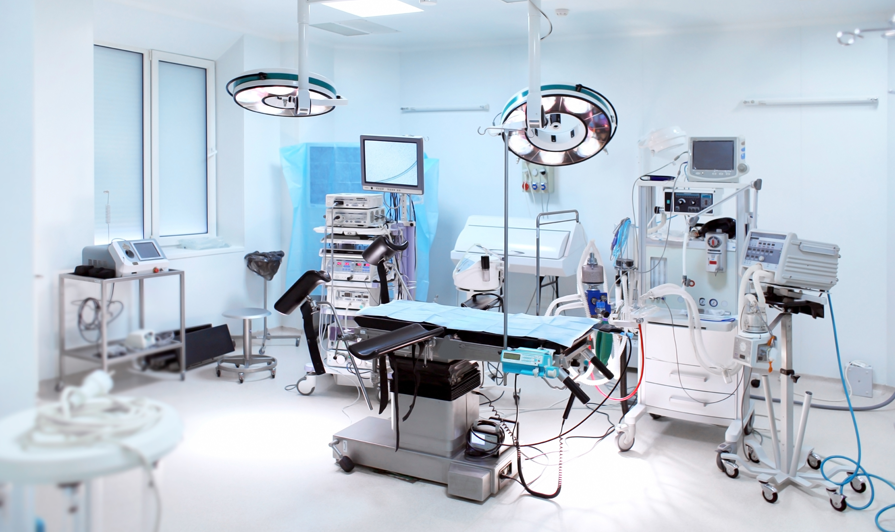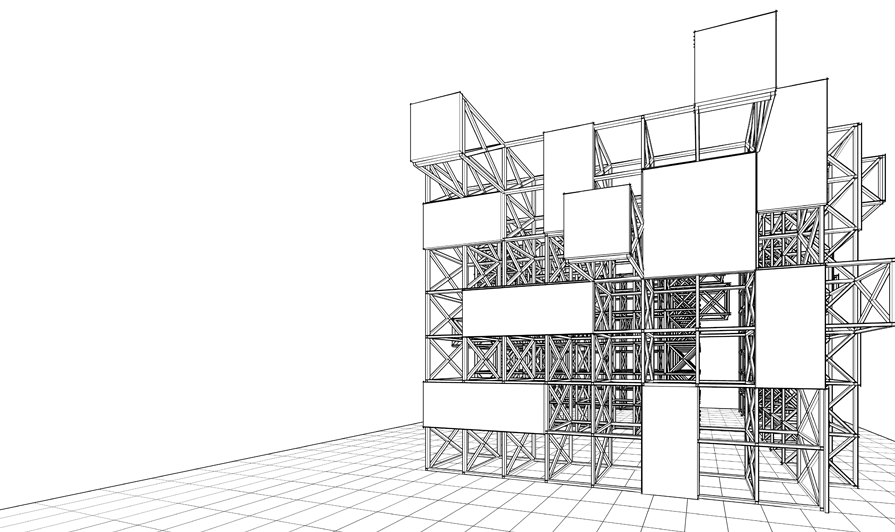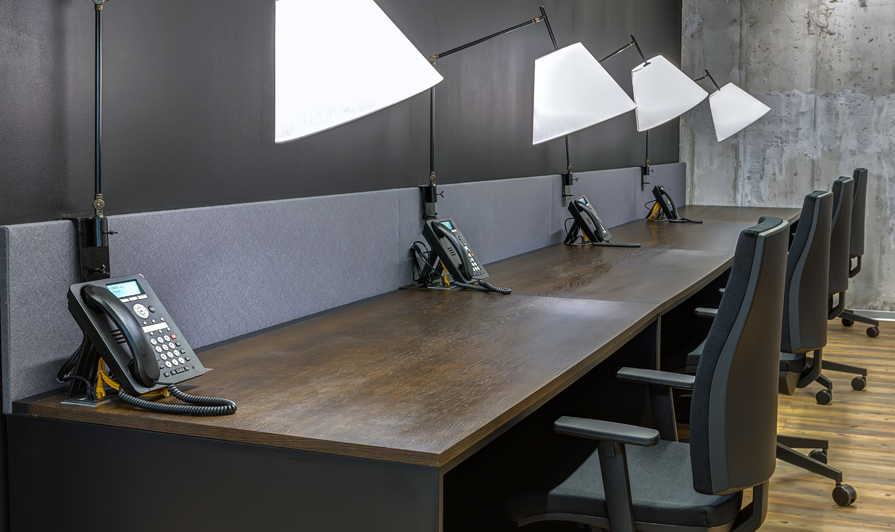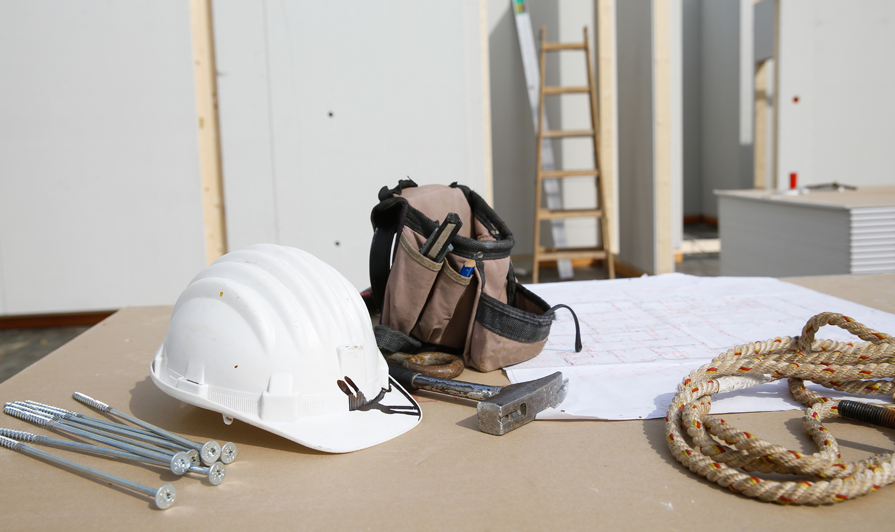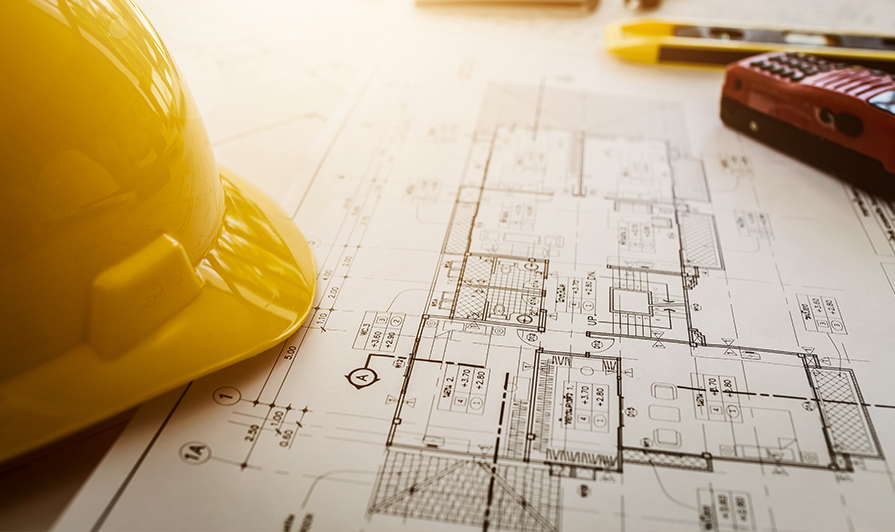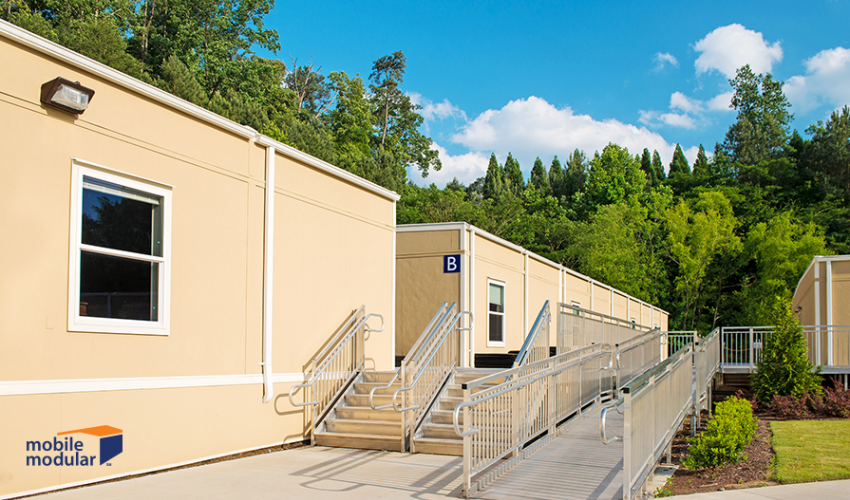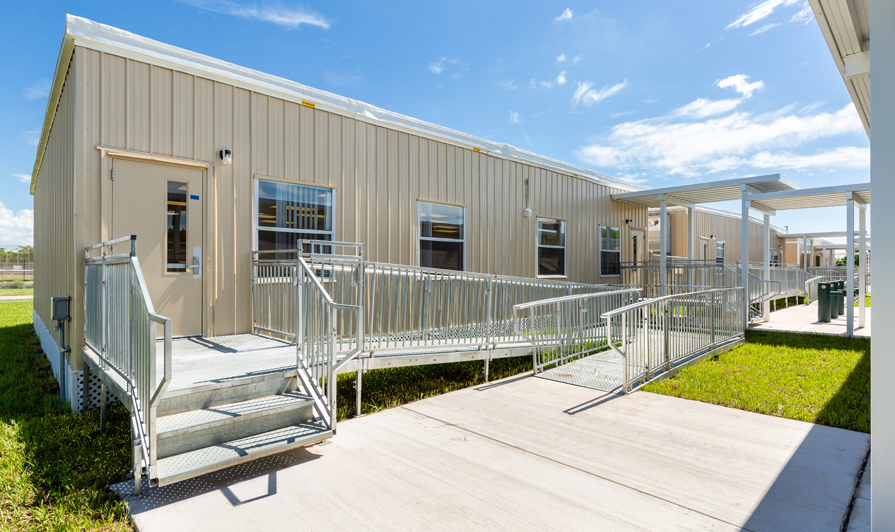As the gap between wages and rent for low-income families continues to grow, the construction industry is facing a workforce housing challenge like never before.
Adaptability and flexibility are top construction priorities for healthcare organizations according to the 2017 Hospital Construction Survey by the Health Facilities Management and the American Society for Healthca
Have you ever wondered what your modular office will look like before it is built? How will the furniture layout look in the office? Welcome to 3D-visualization software, a way to see what things will look like ahead of time to help you to efficiently design your space.
Once you’ve leased a modular building for use as a classroom or workspace the next step is to consider furniture and other building accessories so your space is ready for use.
Prefabricated buildings and their manifold advantages have taken the construction industry by storm.
Conventional or site-built construction is a universally accepted method of construction that has its benefits.
According to a market research report by MarketsandMarkets, Modular Construction market size is estimated to grow from $92.18 billion in 2018 to $129.67 billion in 2023, at a CAGR of 7.1%.
The biggest drawback of constructing your building is the time, effort, and resources that it demands. But the problems don’t end there. They extend into anxieties concerning pollution, site preparation, paying an army of workers, and renting equipment for construction.
Global integration and technological advancements are shaping the future and welcoming new perspectives and a new workforce.


